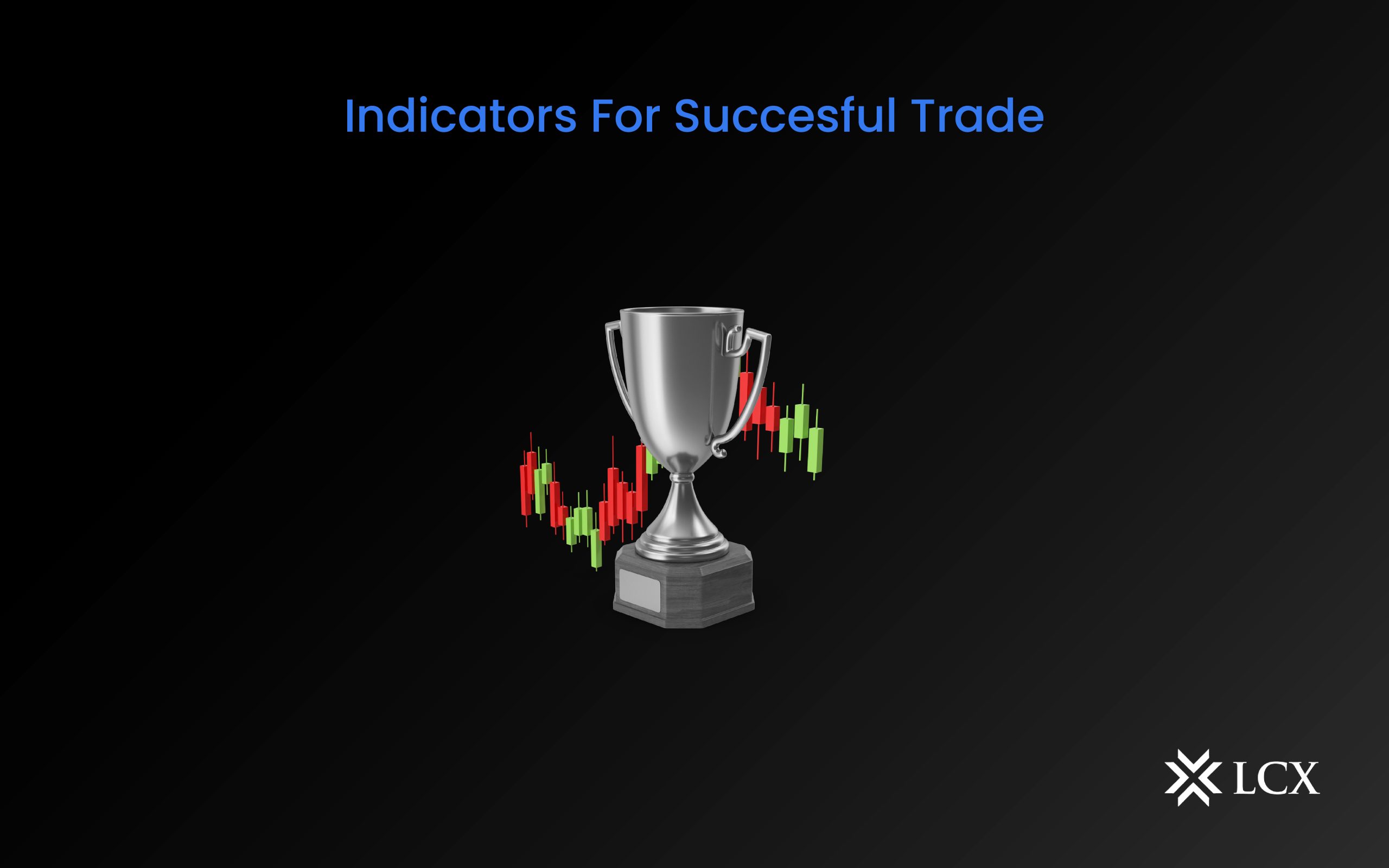Trade indicators are the windows to the trade market, and they have existed in the market since the inception of the practice of modern trade itself. A trading indicator is a technical tool that analyzes past and present market data to indicate a market’s direction. Crypto traders often use these indicators in tandem with a trading chart to analyze market conditions. The basic idea is to study past market movements to anticipate future price trends and patterns.
There are many indicators out there that can be used to determine the strength, trend, and momentum of the market. Here are a few robust and common indicators that traders watch out for in trading:
- Relative Strength Index (RSI): RSI is a momentum indicator that measures an asset’s strength and weakness through recent changes in its price. The indicator is used to determine if the asset is overbought or oversold. The range of the RSI formula is between 0 and 100. The asset is considered overbought if the value goes above 70, and oversold if the value moves below 30 in the range.
- Stochastic Oscillator: This indicator determines the momentum by analyzing the random movements in price by comparing the closing price of a cryptocurrency to its price range over a specific time period. It is typically used to identify potential trend reversal points or to confirm trends. The range is between 0 and 100. When the line is below 20, it becomes oversold, and if the line is above 80, it is considered overbought.
- On Balance Volume (OBV): OBV uses the asset’s volume to measure and predict the potential change in prices. It is based on the idea that volume precedes price, so if the OBV is rising, it may indicate that the price of the asset will also rise. OBV is calculated with a baseline value of zero, and then for each day, the closing price of the cryptocurrency is compared to the previous day’s closing price. If the price has increased, you add the volume for the day to the OBV. If the price has decreased, you subtract the volume for the day from the OBV.
- Bollinger Bands: It is an indicator used by crypto traders to estimate the volatility of a financial asset and consists of a simple moving average (SMA) and two standard deviation bands above and below the SMA. The SMA is typically set to a 20-period moving average, and the standard deviation bands are typically set to two standard deviations above and below the SMA. Traders use Bollinger bands to gauge volatility, identify trends, and forecast reversals.
- Moving Averages (MA): The primary purpose of this indicator is to smooth out the price action and filter out the random sharp price fluctuations on the chart to provide the traders with an actual visual representation of the data. Moving averages can be used to identify trend direction, determine support and resistance levels, and much more.
In Conclusion
Trade indicators can be useful for traders who are looking to make informed decisions about when to buy and sell cryptocurrencies. However, it is important to remember that no indicator is perfect, and traders should use a combination of indicators and other analysis tools to make informed decisions. It is also important to keep in mind that indicators should be used in conjunction with a solid trading strategy and not relied on solely to make decisions.










